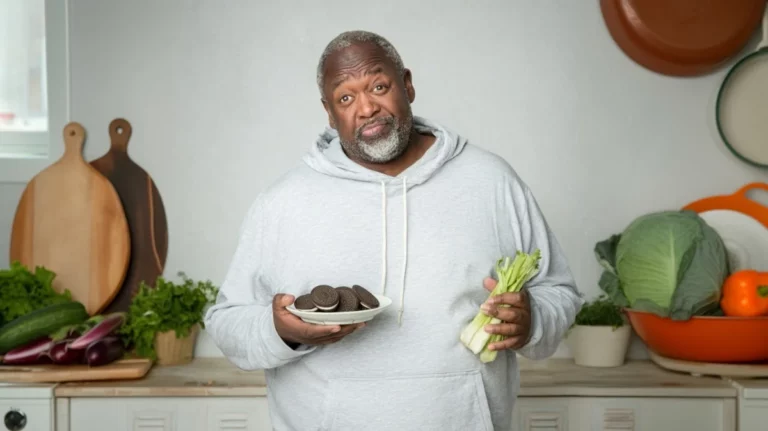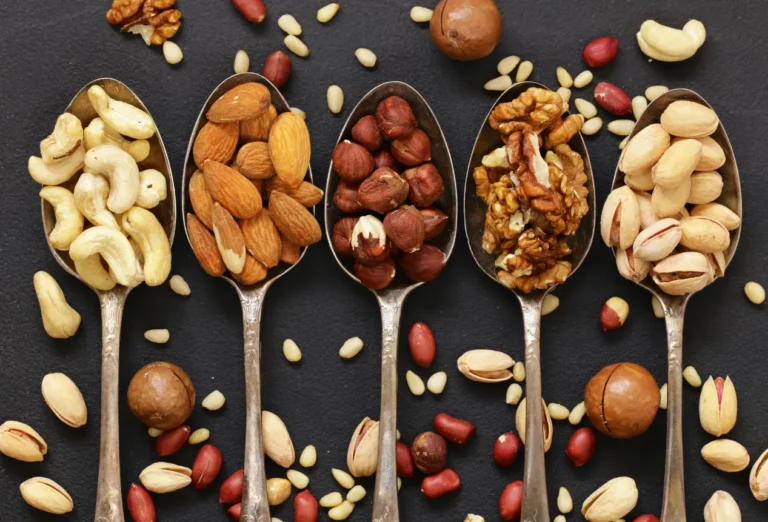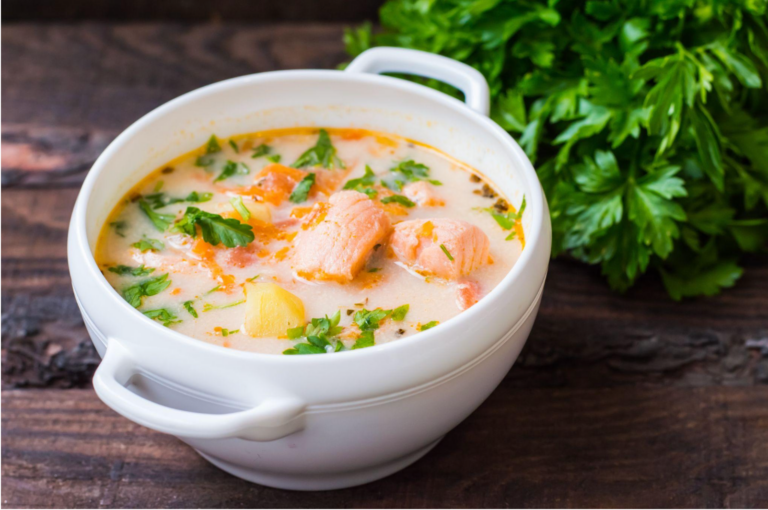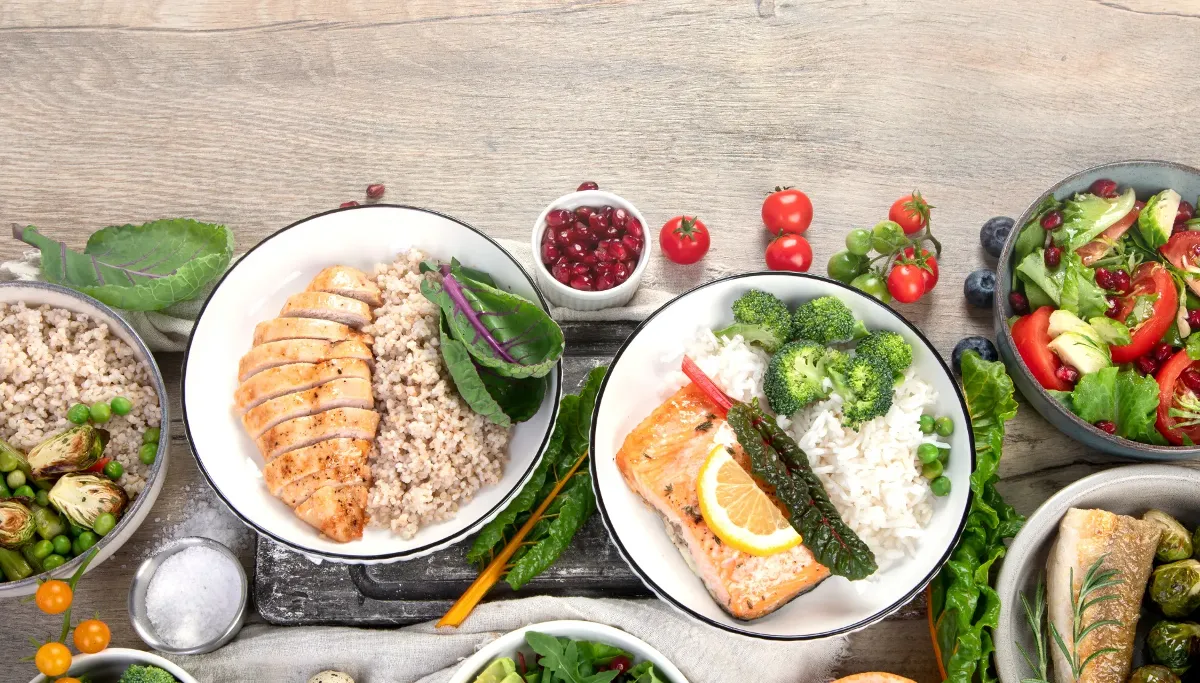
Written by Elizabeth V., product owner in Eat Beat app
Editing by Olivia G., editor in Eat Beat app
What You’ll Learn
You’ll learn why cutting too many calories can backfire, how the body responds to food volume and texture—not just numbers—and why eating more of the right foods may be the key to sustainable weight loss. This isn’t another diet trick; it’s a mindset shift backed by science.
Table of contents
If you’ve ever said, “I barely eat and I’m still gaining weight!”—you’re not alone. It’s a frustrating, common experience. And oddly enough, it’s not just about how much you eat, but what kind of calories you consume.
Most ultra-processed snacks, rich in saturated fats and added sugars, are calorie-dense but nutritionally empty. They pack hundreds of calories into a few bites and leave you unsatisfied. The result? You eat again. And again. Not because you’re greedy—because you’re still hungry.
Why Caloric Density and Satiety Matter More Than Just Calories
Weight loss doesn’t have to mean eating tiny portions. Quite the opposite: research shows that low-calorie, high-volume foods (like vegetables, whole grains, and lean protein) make it easier to feel full without overeating.
Your body doesn’t count calories—it reads signals. It notices how much chewing happens, how much the stomach expands, how fast digestion proceeds, and how good food tastes. A sugary donut may only take 20 seconds to eat and disappear in minutes. But a baked potato with beans and veggies? You’ll feel that for hours.
Your Body Tracks Fullness, Not Numbers
According to neuroscientist Robert Sapolsky, hunger and satiety are regulated by the hypothalamus, which relies on physical and chemical signals—not math. Your brain registers fullness when:
- The stomach stretches from volume
- Nutrients hit the bloodstream gradually
- You chew for a long time
In contrast, soft, processed foods like cookies, chips, and pastries barely register. They get digested fast, trigger blood sugar spikes—and then a crash that leads to cravings.
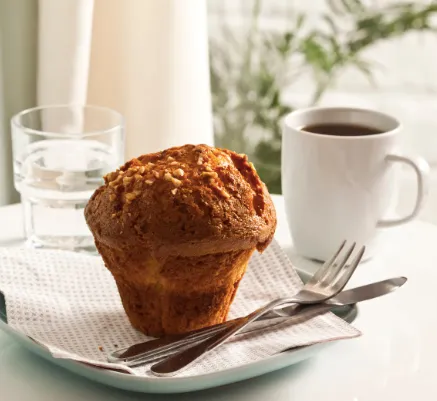
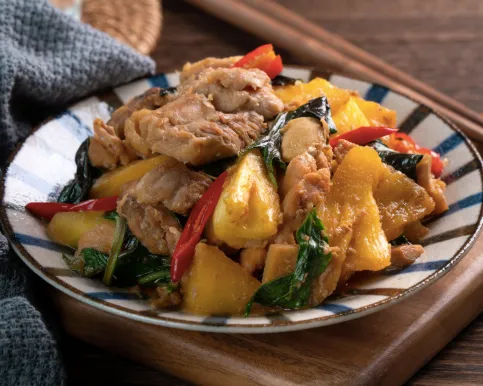
Here’s What 1 Day of “Dieting” Might Look Like
Let’s compare two meal plans with the same person in mind—someone trying to lose weight.
| Option A: Typical High-Calorie, Low-Volume Day | Option B: High-Volume, Low-Calorie Day |
|---|---|
| Breakfast: 1 muffin (450 kcal) | Breakfast: oatmeal with banana and pumpkin seeds (300 kcal) |
| Snack: granola bar (200 kcal) | Snack: apple and boiled egg (150 kcal) |
| Lunch: cheeseburger and fries (950 kcal) | Lunch: baked salmon, quinoa, and steamed broccoli (500 kcal) |
| Snack: latte with syrup and cookie (400 kcal) | Snack: Greek yogurt with berries (200 kcal) |
| Dinner: frozen pizza slice and soda (850 kcal) | Dinner: vegetable stew with lentils and sweet potato (450 kcal) |
| Total: ~2,850 kcal from ~1 kg of food. You’ll feel full—for maybe an hour at a time. | Total: ~1,600 kcal from ~1.5 kg of food. You’ll stay full for hours, reduce cravings, and still be in a healthy calorie deficit |
Want Sweet Things? Have Them After a Meal
You don’t have to give up dessert to lose weight. Just reorder it. When you’ve already had a fiber- and protein-rich meal, your body is less likely to demand sugar. You’ll probably enjoy just one cookie instead of the whole pack.
This approach trains your brain to stop fearing food. And more importantly—it ends the cycle of guilt and binge.
So, What Works? Eating More Smartly
Eat more food—but the kind that slows digestion, expands in your stomach, and fuels your body with nutrients.
- Steamed veggies and roasted potatoes
- Brown rice with stir-fried tofu
- Hearty lentil soup
- Fruit and nuts (in moderation)
Volume eating works. And it doesn’t mean being hungry. It means not being tricked by food that pretends to satisfy you—but leaves you empty.
Try the Eat Beat Diet Approach
Eat Beat helps you build healthy eating habits by gradually increasing fiber, protein, and whole food intake. No food is forbidden. No calorie logging or obsessing over macros. Just a smarter way to eat that fits your life—and works long term. Discover how a science-backed app can help you lose weight by eating more, not less.


